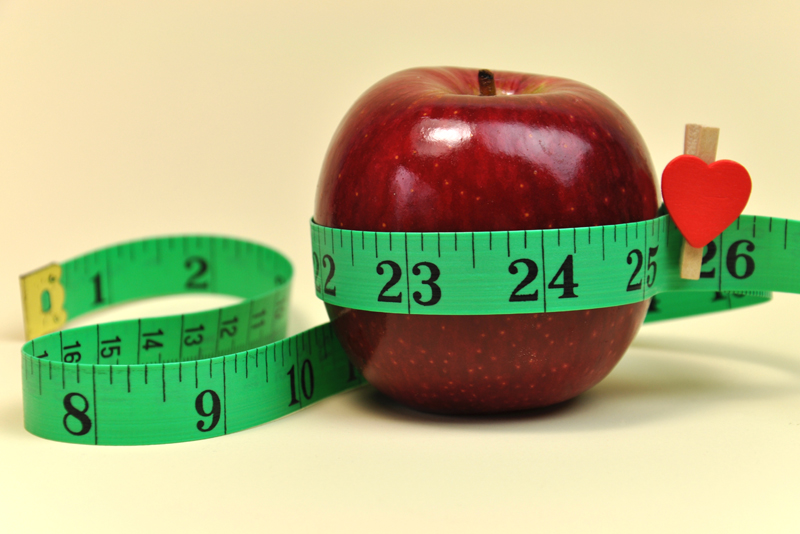What are Prebiotics?

What are Prebiotics? How do they help you maintain an overall healthy lifestyle and weight? How do Prebiotics and Probiotics Differ?
Prebiotics Set the Stage
The words prebiotics and probiotics are very similar, but they serve different purposes in the human body. PREbiotics starts with the beginning PRE, and just like PREschool, the purpose of prebiotics is to get the body ready for what is to come.
PREbiotics are the fertilizer which allow probiotics to function. Prebiotics let your body process food in an efficient, healthy way, so that there is no bloating, constipation, diarrhea, or other issues.
If prebiotics are so important to your overall body health, where do you get prebiotics from? Here's a list, including the fiber content of each by percentage of overall weight. Note that many times cooking will break down fiber, so it's important to eat some of these RAW to get the benefit.
Prebiotic Food Listing
Jerusalem Artichoke - 31%
Dandelion greens - 24%
Garlic - 17.5%
Leek - 12%
Onion - 9%
Asparagus - 5%
Wheat bran - 5%
Banana - 1%
Other foods which contain prebiotics include mushrooms, cabbage, chickpeas, red kidney beans, and oats.
It's important to note that the prebiotic fibers don't "colonize" your digestive system. They move through your system, providing the food needed by the colonies already in your system. So you can't just eat a banana and then be set for the month. You want to create a diet plan that contains a regular amount of prebiotics so that your body is provided with these natural fertilizers for the rest of your system.
Of course, that plan should be balanced in terms of sugars and other items. Eating 2 bunches of bananas every single day is rarely a good idea. But having onions on your salad one day, asparagus with dinner on another day, and a banana as a salad topping on another could work out well in a weekly meal plan.
Prebiotics and Fiber
While some sites might say that all fibers are therefore prebiotics, it's not quite that simple. So don't just eat things that are high in fiber. Look specifically for items which are known to be high in prebiotics. That way you're sure to get the very best benefit for your system.
So be sure to include prebiotics in your overall eating system. Your body will thank you!
References:
https://www.natap.org/2016/HIV/070116_05.htm
Prebiotics Set the Stage
The words prebiotics and probiotics are very similar, but they serve different purposes in the human body. PREbiotics starts with the beginning PRE, and just like PREschool, the purpose of prebiotics is to get the body ready for what is to come.
PREbiotics are the fertilizer which allow probiotics to function. Prebiotics let your body process food in an efficient, healthy way, so that there is no bloating, constipation, diarrhea, or other issues.
If prebiotics are so important to your overall body health, where do you get prebiotics from? Here's a list, including the fiber content of each by percentage of overall weight. Note that many times cooking will break down fiber, so it's important to eat some of these RAW to get the benefit.
Prebiotic Food Listing
Jerusalem Artichoke - 31%
Dandelion greens - 24%
Garlic - 17.5%
Leek - 12%
Onion - 9%
Asparagus - 5%
Wheat bran - 5%
Banana - 1%
Other foods which contain prebiotics include mushrooms, cabbage, chickpeas, red kidney beans, and oats.
It's important to note that the prebiotic fibers don't "colonize" your digestive system. They move through your system, providing the food needed by the colonies already in your system. So you can't just eat a banana and then be set for the month. You want to create a diet plan that contains a regular amount of prebiotics so that your body is provided with these natural fertilizers for the rest of your system.
Of course, that plan should be balanced in terms of sugars and other items. Eating 2 bunches of bananas every single day is rarely a good idea. But having onions on your salad one day, asparagus with dinner on another day, and a banana as a salad topping on another could work out well in a weekly meal plan.
Prebiotics and Fiber
While some sites might say that all fibers are therefore prebiotics, it's not quite that simple. So don't just eat things that are high in fiber. Look specifically for items which are known to be high in prebiotics. That way you're sure to get the very best benefit for your system.
So be sure to include prebiotics in your overall eating system. Your body will thank you!
References:
https://www.natap.org/2016/HIV/070116_05.htm
You Should Also Read:
Stomach Gut Microbiome Bacteria
What Are Probiotics?

Related Articles
Editor's Picks Articles
Top Ten Articles
Previous Features
Site Map
Follow @LisaLowCarb
Tweet
Content copyright © 2023 by Lisa Shea. All rights reserved.
This content was written by Lisa Shea. If you wish to use this content in any manner, you need written permission. Contact Lisa Shea for details.









